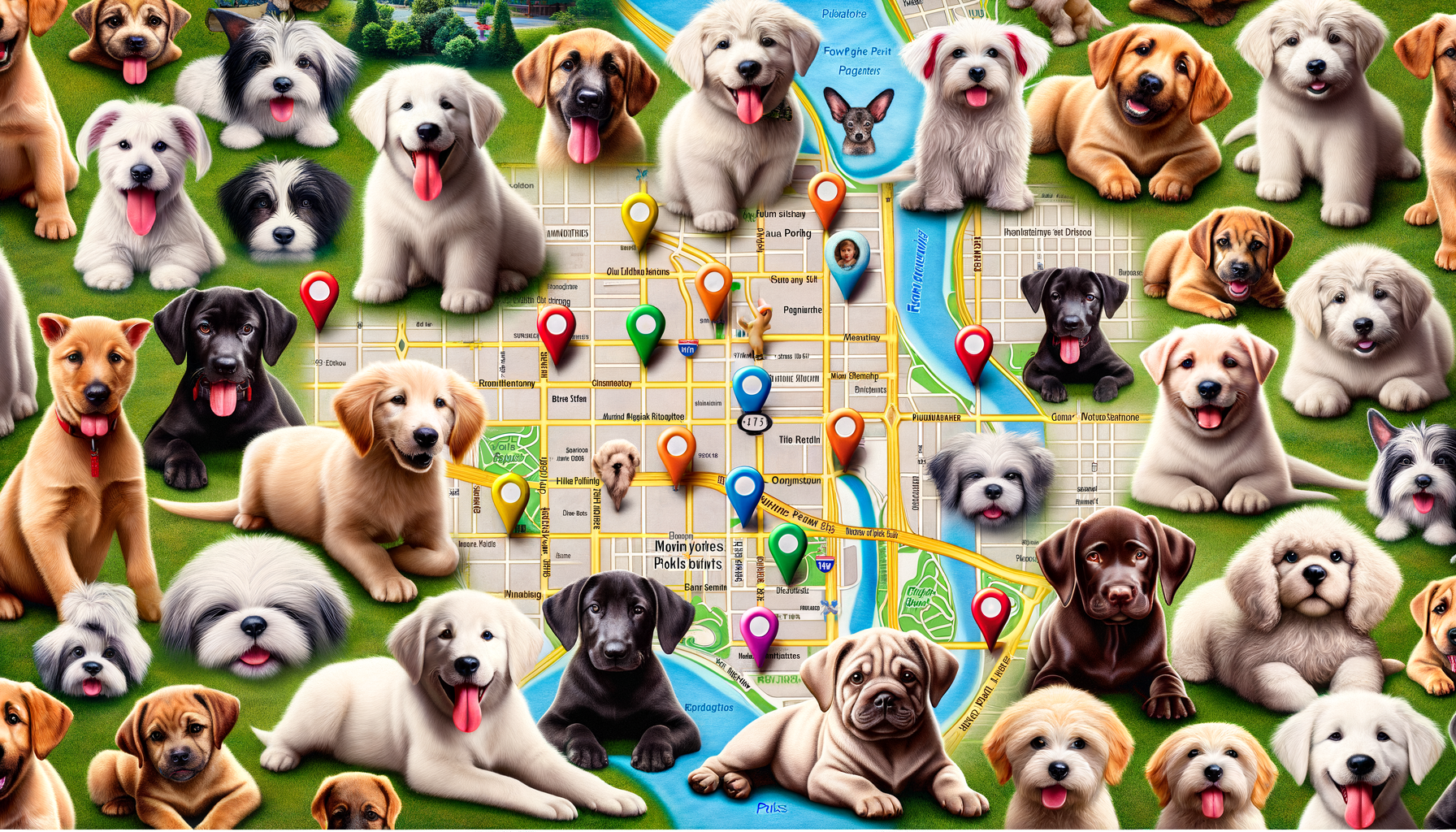Understanding Your Lifestyle and Needs
Finding the perfect puppy companion begins with a thorough understanding of your own lifestyle and needs. Consider your daily routine, living environment, and personal preferences. Evaluate whether you have a bustling household with children or if you live alone in a quiet apartment. These factors significantly influence the type of puppy that will best fit into your life.
For active individuals or families, a breed with high energy levels might be suitable. These breeds thrive on regular exercise and outdoor activities. On the other hand, if you prefer a more relaxed lifestyle, a breed known for its calm demeanor may be more fitting. Additionally, consider the time you can dedicate to training and socialization, as some breeds require more attention in these areas than others.
It’s also important to think about any allergies or sensitivities within your household. Some breeds are hypoallergenic, making them a great choice for those with allergies. By taking these factors into account, you can narrow down the breed options and find a puppy that complements your lifestyle perfectly.
Researching Breeds and Their Characteristics
Once you’ve assessed your lifestyle, the next step is researching different breeds and their characteristics. Each breed has unique traits, including size, temperament, and grooming needs. Understanding these characteristics will help you make an informed decision.
For example, larger breeds often require more space and exercise, while smaller breeds might be more suitable for apartment living. Temperament is another crucial factor; some breeds are known for being friendly and sociable, while others might be more reserved or independent.
Grooming needs also vary widely among breeds. Long-haired breeds may require regular grooming sessions, while short-haired breeds might be easier to maintain. By gathering information on various breeds, you can identify which ones align with your lifestyle and preferences.
Visiting Shelters and Breeders
After narrowing down your breed options, it’s time to visit shelters and breeders. Visiting shelters is a wonderful way to find a puppy while also giving a home to a dog in need. Shelters often have a variety of breeds and mixes, providing an opportunity to find a unique companion.
If you choose to go through a breeder, ensure they are reputable and ethical. Responsible breeders will provide health clearances for their puppies and allow you to meet the puppy’s parents. This can give you insight into the puppy’s potential size and temperament.
During your visits, take your time to interact with the puppies. Observe their behavior and how they respond to you. This interaction can help you gauge which puppy is the right fit for your family.
Preparing Your Home for a New Puppy
Bringing a new puppy home requires preparation to ensure a smooth transition. Start by puppy-proofing your home, removing any hazards that could harm your new companion. Secure loose wires, put away small objects that could be swallowed, and ensure that toxic plants or chemicals are out of reach.
Next, gather essential supplies such as food and water bowls, a comfortable bed, toys, and grooming tools. It’s also important to establish a designated area for your puppy, where they can feel safe and secure. This could be a crate or a specific room in your home.
Finally, consider enrolling in a puppy training class. Training is crucial for building a strong bond with your puppy and ensuring they grow into a well-behaved adult dog. By preparing your home and planning for training, you’re setting the stage for a successful and happy relationship with your new puppy.
Building a Lasting Bond with Your Puppy
Once your puppy is home, the journey of building a lasting bond begins. Spend quality time with your puppy through play, training, and socialization. These activities help your puppy feel secure and loved, strengthening your connection.
Consistency is key in training. Establish a routine for feeding, potty breaks, and playtime. This routine helps your puppy understand what to expect and builds trust between you. Additionally, positive reinforcement during training encourages good behavior and strengthens your bond.
Socialization is equally important. Expose your puppy to various environments, people, and other animals to help them become well-adjusted and confident. This exposure should be gradual and positive, ensuring your puppy feels safe at all times.
By investing time and effort into building your relationship with your puppy, you’ll create a strong bond that lasts a lifetime, resulting in a happy and harmonious companionship.



Leave a Reply